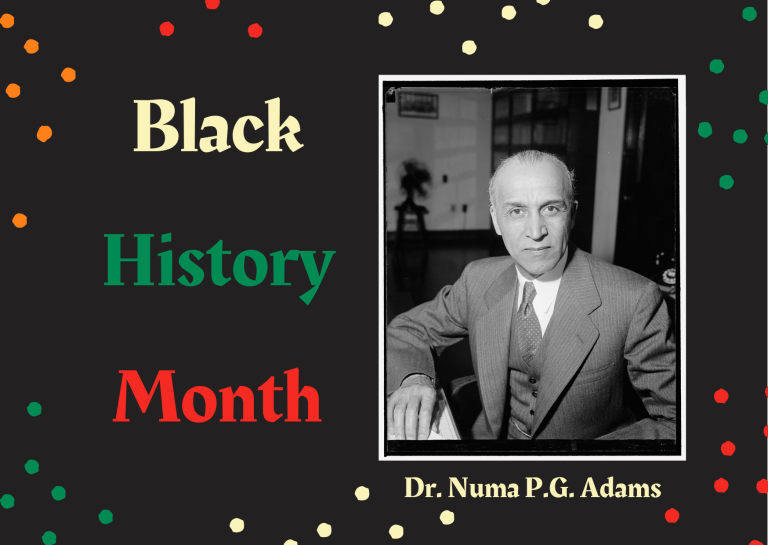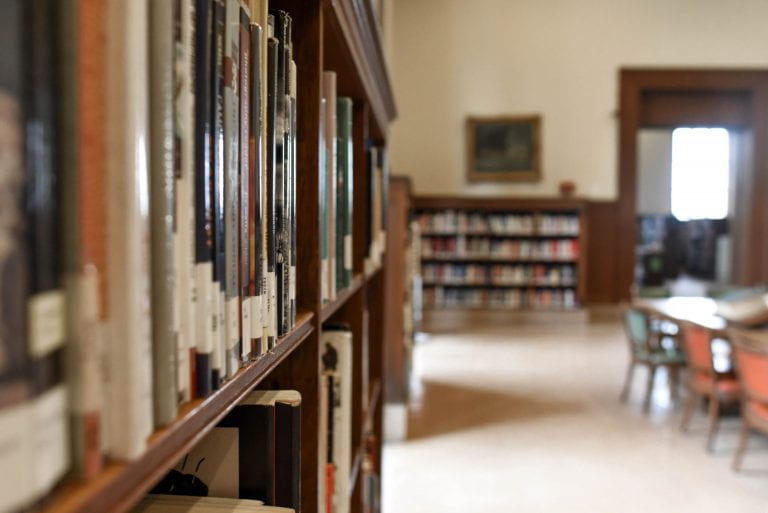
When we talk about public health policy, it’s critical to also discuss health disparities. Health disparities refer to differences in health outcomes between racial or ethnic groups, socioeconomic groups, or other groups, including groups identified by gender, sexual orientation, or disability status.
Health disparities related to race are well-documented in the United States, and there are numerous incidents where African Americans, in particular, have experienced racist treatment by the healthcare system. J. Marion Sims, the founder of gynecology, experimented on enslaved women (1), textbooks asserted that Black people could feel less pain (2), and Black men were lied to about receiving treatment, leading them to die of curable illnesses (3). Today, Black women are more likely to die in childbirth than white women (4), and elderly Black Americans are less likely to be insured than their white counterparts (5).
Thankfully, there are multiple groups working to combat health disparities in African American populations. These groups, often led by members of these communities themselves, cover a variety of health topics but all work to bridge the gap in healthcare. Below is a sampling of organizations working to tackle this system-wide problem. While this list is only a small sample of groups approaching this issue, it is a glimpse into initiatives to eliminate health disparities and how we can identify problems we have yet to solve.
Black Women’s Health Imperative: Founded in 1983 by Byllye Y. Avery, the Black Women’s Health Imperative is the oldest national organization working to improve the health of Black women and girls. The organization has programs that tackle prediabetes/diabetes awareness, reproductive health, HIV awareness, and much more. This organization even has a comic series, Luna Unleashed.
The Society for the Analysis of African American Public Health Issues (SAAPHI): SAAPHI is a nonprofit that works to improve the health of African Americans. To do this, they work to research the causes and issues that impact African American communities, advocate for policy changes to address these health disparities, provide webinars on community issues, and organize mentorship programs.
Restoring Our Own Through Transformation (ROOTT): This organization is led by Black women to address reproductive and birthing justice. The organization has programs focused on providing training for doulas and peer-to-peer reproductive education for young adults. For those interested in learning more about the mission of ROOTT, their founder, Jessica M. Roach, has a Ted Talk where she speaks about her organization and its mission.
Black AIDS Institute: Founded in 1999, the Black AIDS Institute seeks to inform Black Americans about HIV prevention and care. The organization works on both providing care and education to those with or at risk of HIV, but also training staff and medical professionals in providing these services.
National Black Leadership Commission on Health: This organization seeks to reduce disparities for Black communities and work toward health equity. They offer a variety of educational programs and workshops for medical professionals, including ones on mental health.
Black Emotional and Mental Health Collective (BEAM): Health isn’t just physical; mental and emotional health are important, too. When addressing disparities, it’s important to address disparities in this sector as well. BEAM works to help Black and other marginalized communities access mental and emotional health care.
For more resources regarding antiracism in healthcare, check out the Himmelfarb libguide on the topic.
1. Brown DL. Critics say 'father of gynecology' deserves scorn, not a statue. The Washington Post. 2017.
2. Trawalter S, Hoffman KM, Waytz A. Racial bias in perceptions of others' pain. PloS one. 2012;7(11):e48546. doi: 10.1371/journal.pone.0048546.
3. Heller J. 50 years ago, AP exposed Tuskegee syphilis study details. The Philadelphia tribune (1884). 2022:4A.
4. Oribhabor GI, Nelson ML, Buchanan-Peart K, Cancarevic I. A mother's cry: A race to eliminate the influence of racial disparities on maternal morbidity and mortality rates among Black women in America. Curēus (Palo Alto, CA). 2020;12(7):e9207. doi: 10.7759/cureus.9207.
5. Stewart KA, London AS. Falling Through the Cracks: Lack of Health Insurance Among Elderly Foreign- and Native-Born Blacks. Journal of immigrant and minority health. 2015;17(5):1391-1400. doi:10.1007/s10903-014-0099-3
6. Society for the analysis of Sfrican Smerican Public Health Issues. SAAPHI Web site. https://www.saaphi.org/home. Accessed 2/25, 2025.
7. Restoring our own through transformation. ROOTT Web site. https://www.roottrj.org/. Accessed 2/25, 2025.
8. Who we are. Black Aids Institute Web site. https://blackaids.org/who-we-are/. Accessed 2/25, 2025.
9. About us. National Black Leadership Commission on Health Web site. https://natlblackhealth.org/programs/. Accessed 02/25, 2025.
10. About. BEAM website. https://beam.community/about/. Accessed 2/25, 2025.
11. Our story. Black Women's Health Imperative Web site. https://bwhi.org/our-story/. Accessed 2/25, 2025.



















